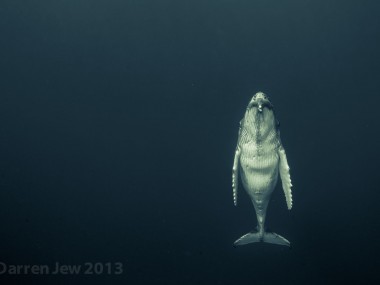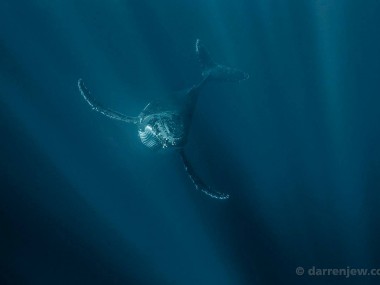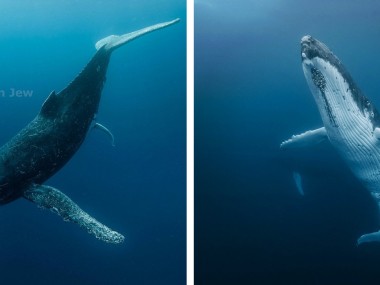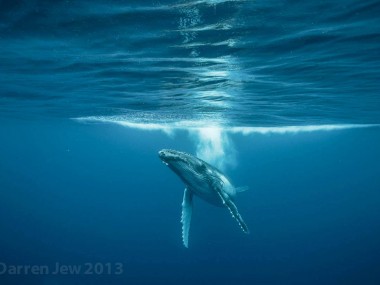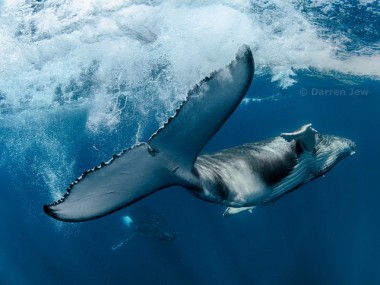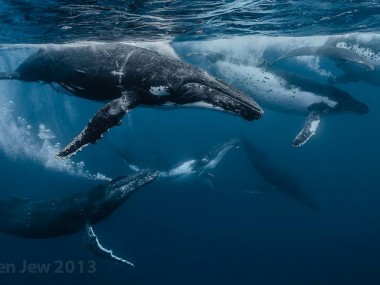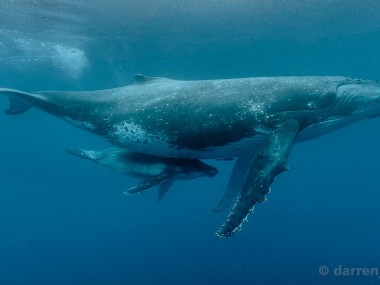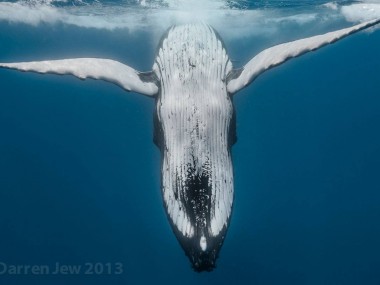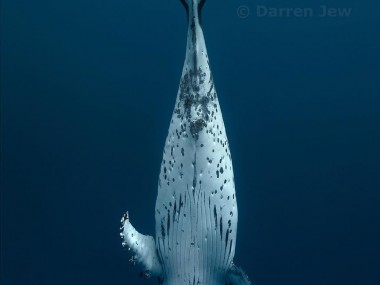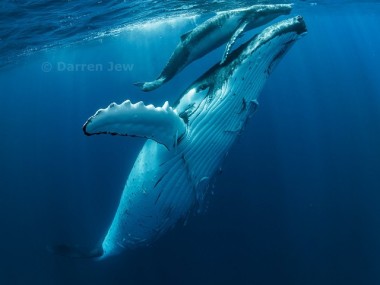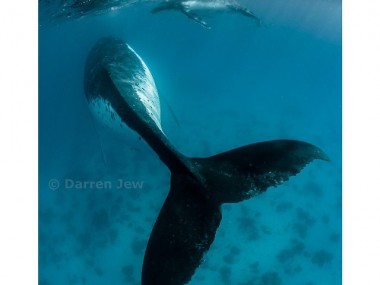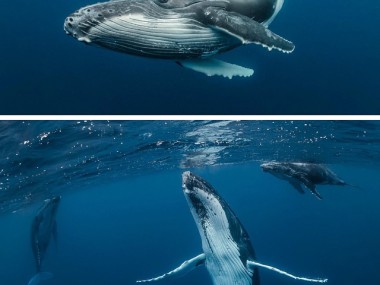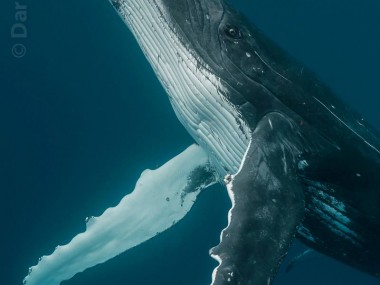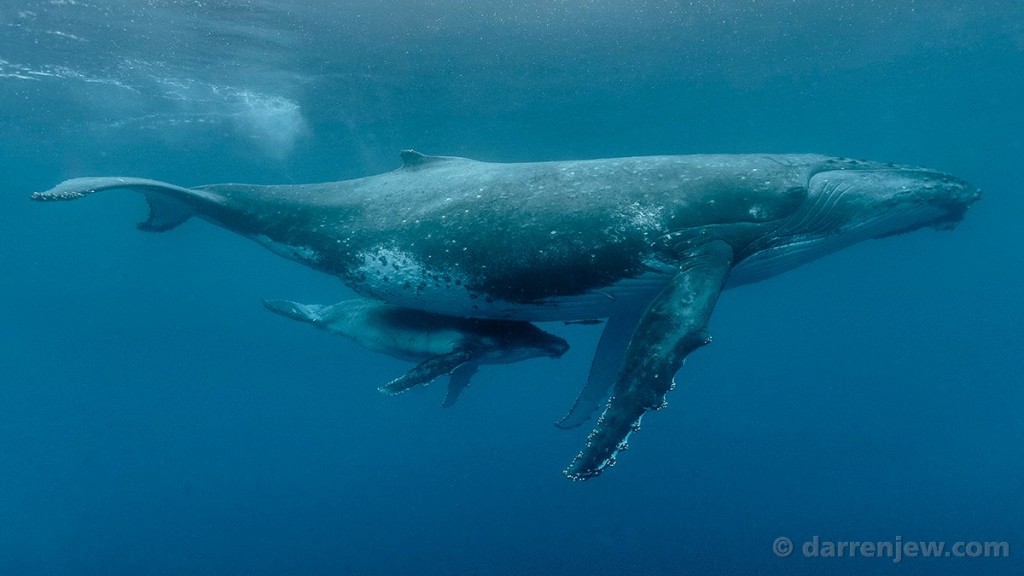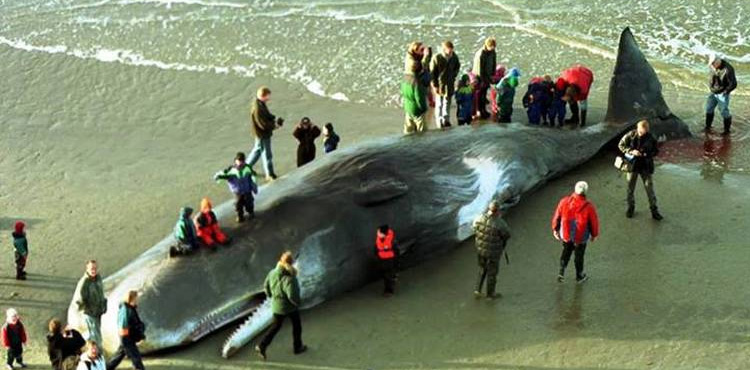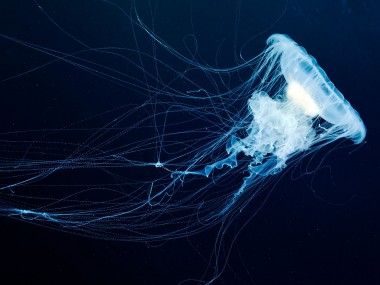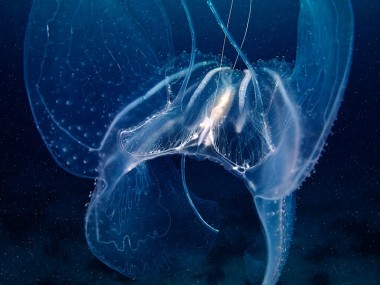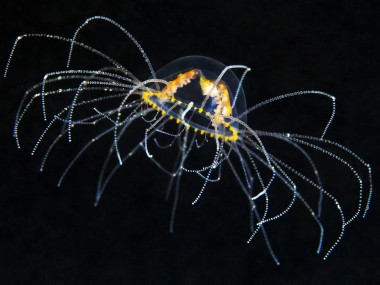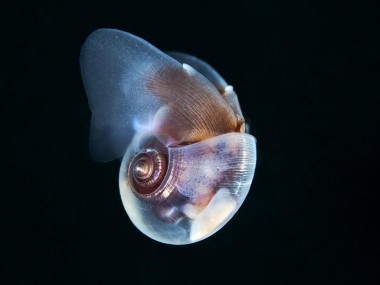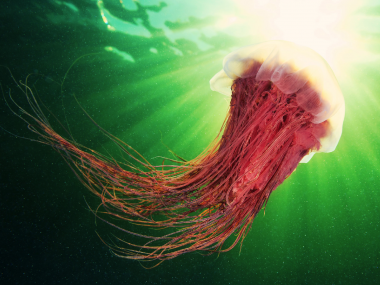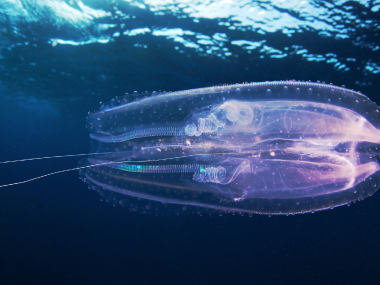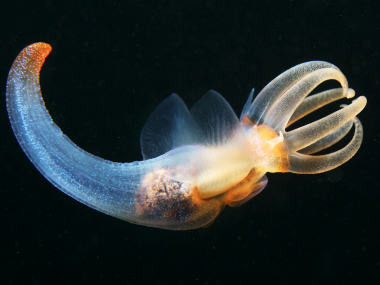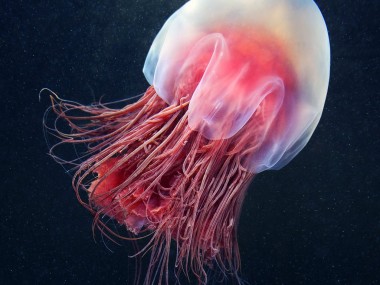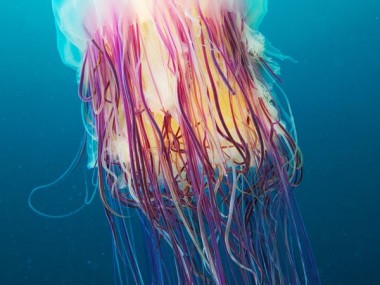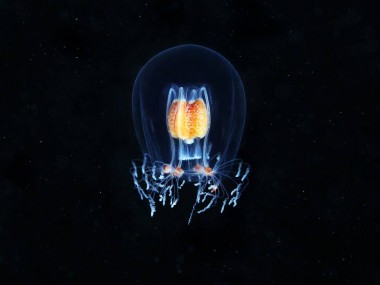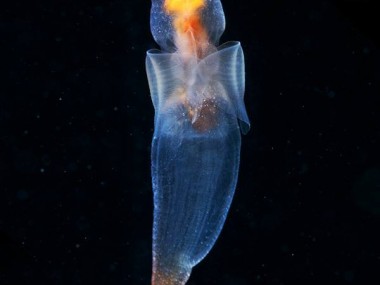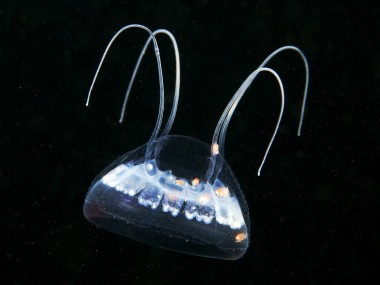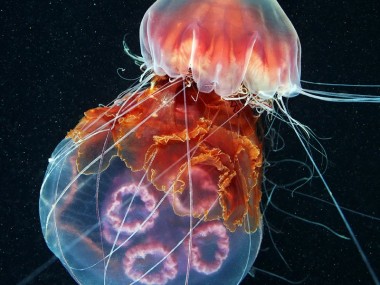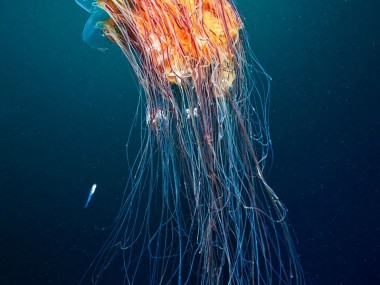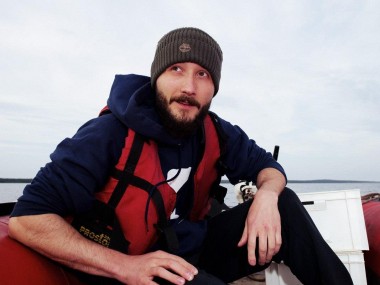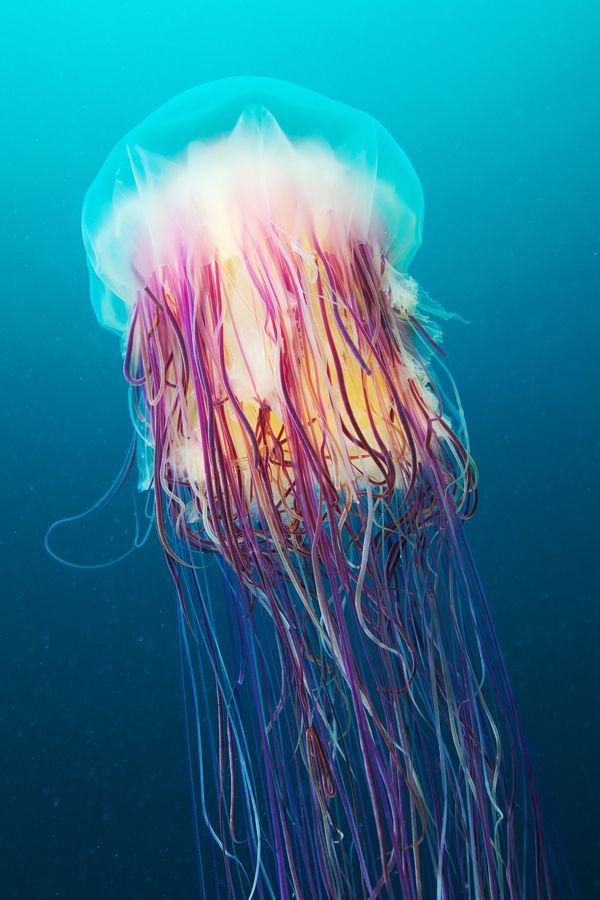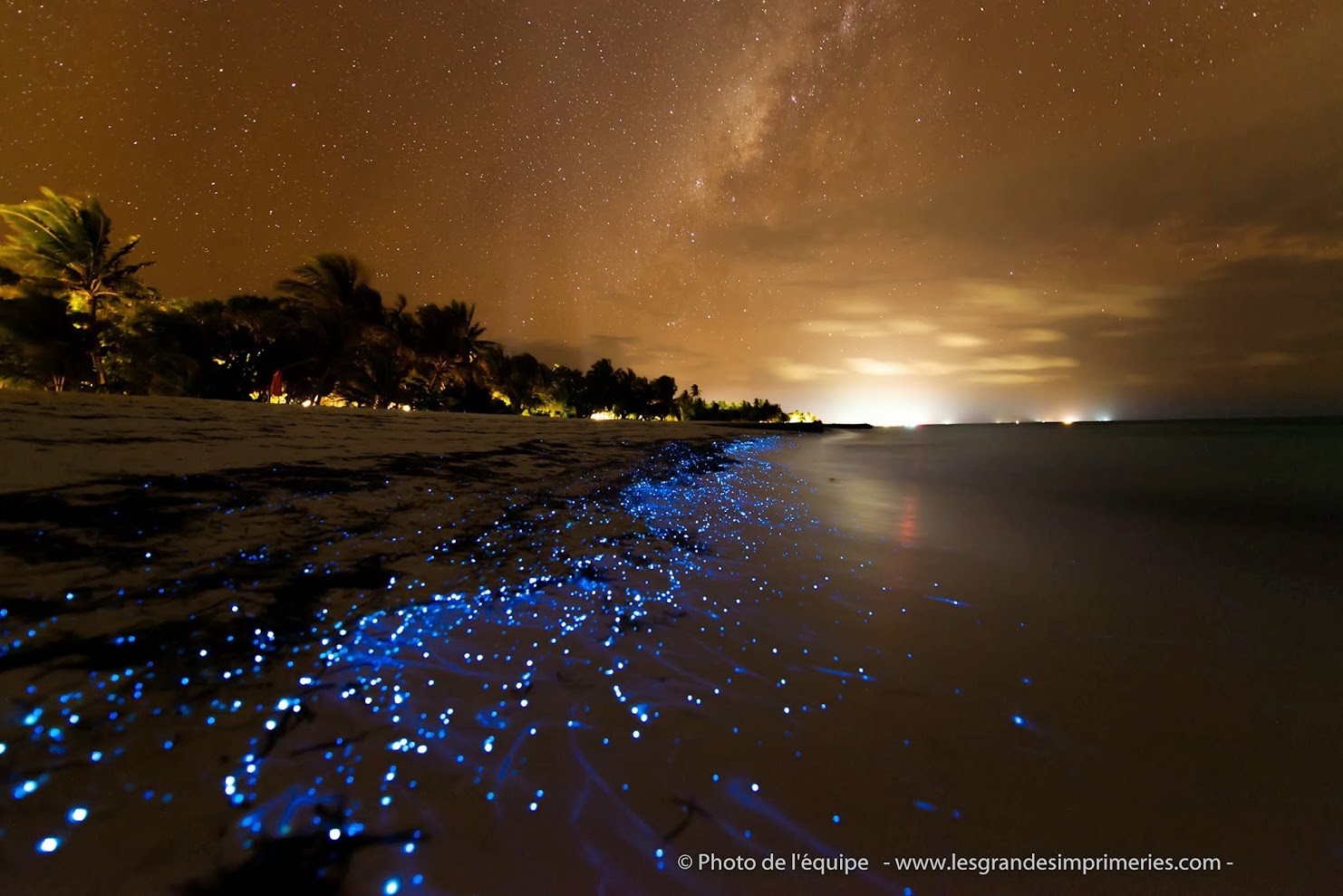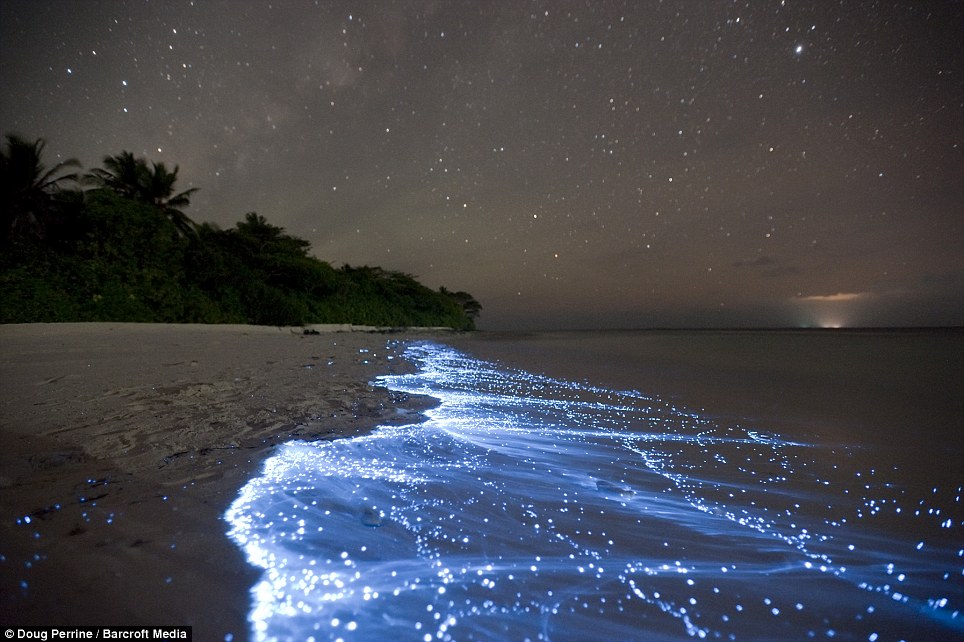Génocide marin..
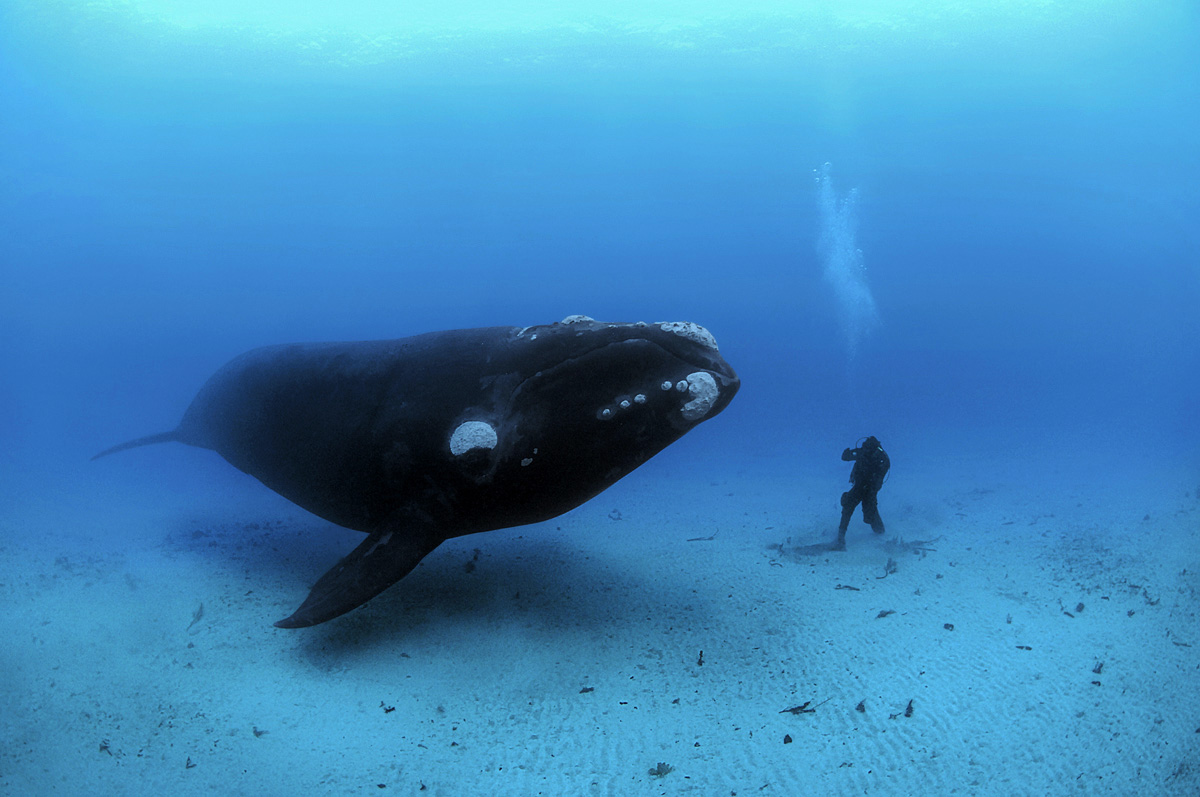
Southern Right Whale, (Eubalaena australis) approaches Brian Skerry’s assistant underwater off the Auckland Islands, New Zealand (sub Antarctic islands).
Brian Skerry photographie la vie au-dessus et au-dessous des vagues – comme il le dit, il shoot à la fois l’horreur et la magie de l’océan.
Dans cette vidéo, Brian Skerry montre au travers de ses photos la beauté des créatures qui vivent dans l’océan ainsi que l’horreur de l’intervention humaine, qu’elle soit passive ou active.
« Photographer Brian Skerry shoots life above and below the waves – as he puts it, both the horror and the magic of the ocean. Sharing amazing, intimate shots of undersea creatures, he shows how powerful images can help make change. »
- 30/06/2016 : L’Union européenne interdit la pêche en eaux profondes au-delà de 800 mètres. Après quatre années d’intenses négociations, le sort des poissons d’eau profonde et de leurs écosytèmes a enfin été pris en compte. Jeudi 30 juin, les trois institutions de l’Union européenne (UE) – la Commission de Bruxelles, le conseil des ministres de la pêche et le Parlement – ont conclu un accord sur ce mode de prise très contesté.
Lire l’article

